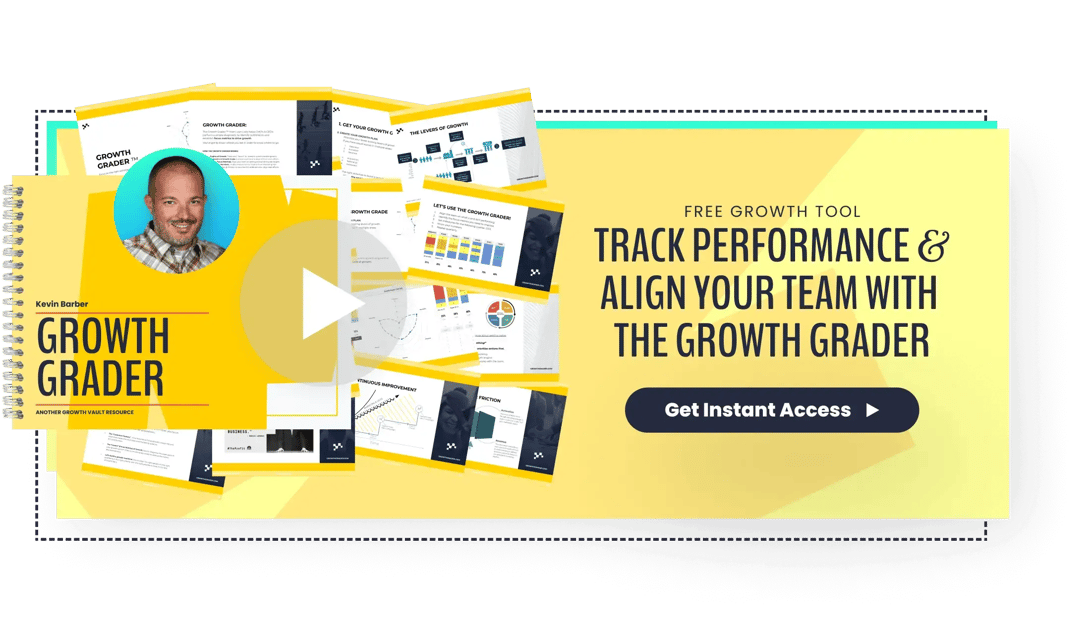-
What is B2B SaaS Inbound Marketing (And Why Should You Care?)
-
1. Start with a Website That Converts
-
2. Provide Valuable Content Across Multiple Channels
-
3. Leverage the Right Social Channels
-
4. Recognize the Power of SEO
-
5. Launch, Iterate, Optimize
-
Getting The Most From Your B2B SaaS Inbound Marketing Plays

B2B SaaS Inbound Marketing Playbook: 5 Proven Plays (+ Examples)
Would you want your team to test out a new play on the field during the fourth quarter of a bowl game?
Example: Atlassian
Atlassian is a leading provider of collaboration, development, and issue-tracking software for teams. And boy, do they let people know about it.
They hang out where their audience is. Business leaders listen to podcasts. They also spend time on Linkedin. So Atlassian posts almost daily to Linkedin and Twitter. They also have a podcast series and an active blog.
Wherever their customers are, Atlassian provides massive value and thought leadership.
Following on from play #2, posting across multiple channels only works if you post on the right channels.
Leveraging social media helps to reinforce your marketing efforts and extend the reach of your content to further build trust, engagement, and brand awareness.
Not everyone in your audience consumes the same type of content. Much like we all have different learning styles, some of your audience might like reading long-form blogs; others might prefer reading a short post and engaging in spirited debates on Linkedin comment sections.
Each social channel has its own algorithm and set of rules. Let’s have a brief look at three channels.
- YouTube: Google likes slow and steady, which is why evergreen content fares well. On YouTube, it’s the opposite. You want to gain as many views as possible in the first 24 hours through push notifications, email blasts, and SMS blasts.
- According to OmniCore Agency, Linkedin makes up more than 50% of all social traffic to B2B websites and blogs. Creating and publishing content on Linkedin is a great play. You also need engaging comments to get your content in front of more people.
- Facebook wants you to stay on Facebook. If you’ve identified that your target audience hangs out there, create long-form content that keeps people on Facebook. According to Neil Patel, video content over five minutes performs better by 81.39 percent.
Where is your audience hanging out? Leverage those channels and do your research into what works best for each medium.
Example: HubSpot
Connoisseurs of inbound marketing, HubSpot leverages social media well. They start conversations and engage their audience. For example:
Similarly, on Linkedin, they ask their followers to drop recommendations to their favorite business podcasts in the comments section.
They also regularly post about their mission to help millions of businesses grow better using the right tools and platforms.
4. Recognize the Power of SEO
SEO or search engine optimization is the process of getting your website pages to the top of search engine results page (SERP). The aim is to rank organically in the top 10 spots. When your page ranking increases, you’re more discoverable, meaning more of your target audience can find you and hopefully work with you.
When your ideal clients can’t find you or competitors rank higher, you might lose out on customers and revenue.
Where you rank depends on how relevant your company is to your audience. By mastering SaaS content marketing, your blogs will rise to the top of the SERP. If potential customers have a problem and search for answers, you want to be front and center, ready to help.
Search engines crawl your website to ensure the information you provide matches user intent. But remember, you’re in the people business. If you produce content that’s designed to trick the search algorithm into ranking your page, you’re missing the point.
Google wants to serve up content that is valuable for humans, not keyword-stuffed garbage.
SEO is more powerful than paid advertising. With paid advertising, traffic dries up once you stop pumping money in. With well-structured, helpful content and a website optimized for a seamless customer experience, you can lean on SEO to provide a steady growth in leads that compounds over time.
Example: FreshBooks
FreshBooks is an online invoice and accounting company that offers a free invoice template to draw in new customers. It’s a fantastic inbound play, and one of the phrases FreshBooks ranks for is “invoice template.”
According to SEMrush, that keyword alone receives 110,000 monthly searches.
By offering a free template, Freshbooks ranks high on search engine pages and brings their ideal customers to their website to start a relationship with them. It’s a win-win.
5. Launch, Iterate, Optimize
Although inbound marketing is a people-first, customer-centric strategy, it relies heavily on data.
To shape your customers’ experiences, you need a culture of experimentation. You can’t be afraid to launch, continuously improve, and optimize your product, website, marketing strategy, or any element of your business.
That’s how companies win. Continuous improvement and learning when to double down or pivot.
How does inbound marketing fit into this framework?
- Marketing is most impactful when we think of our buyer persona first.
- What we produce should be repeatable and scalable.
- We should measure everything and get customer feedback so we can continuously improve.
- We need best plays and small wins to avoid wasted effort and significant losses.
- We should make data-driven decisions.
- Our experiments should give us insights into our customers and their needs.
Can you see how this works in your B2B SaaS marketing efforts?
Your customers are your best marketers. You’re always putting your best foot forward when you map out the buyer journey and continuously improve and optimize your product and customer experience.
Example: Spotify
Spotify uses teams or squads to deliver a great product. Each squad has a leader, and each mission focuses on one part of Spotify’s product.
Using this model, Spotify releases minor product updates to its user base with minimal risk and operational cost. They only target a small subset of users with a new feature so they can return to the drawing board if it doesn’t perform well. If it goes well, they roll it out to all their users.
Spotify can then evaluate if the new feature is popular and fine-tune or tweak the new feature.
Related: The Key Players (and Skills) Your Inbound Marketing Plan Needs
Getting The Most From Your B2B SaaS Inbound Marketing Plays
B2B SaaS inbound marketing plays like the ones listed in this post can help you fill your sales pipeline, reduce customer churn, and grow your revenue.
But to get maximum results, you need more than just a few plays: You need an entire game plan.
Lean Labs has helped dozens of deserving B2B brands 10X their growth. How do we do it? With our proven Growth Playbook. Unlock our free playbook today to learn how to plan for growth, budget for growth, and execute a winning growth strategy.






